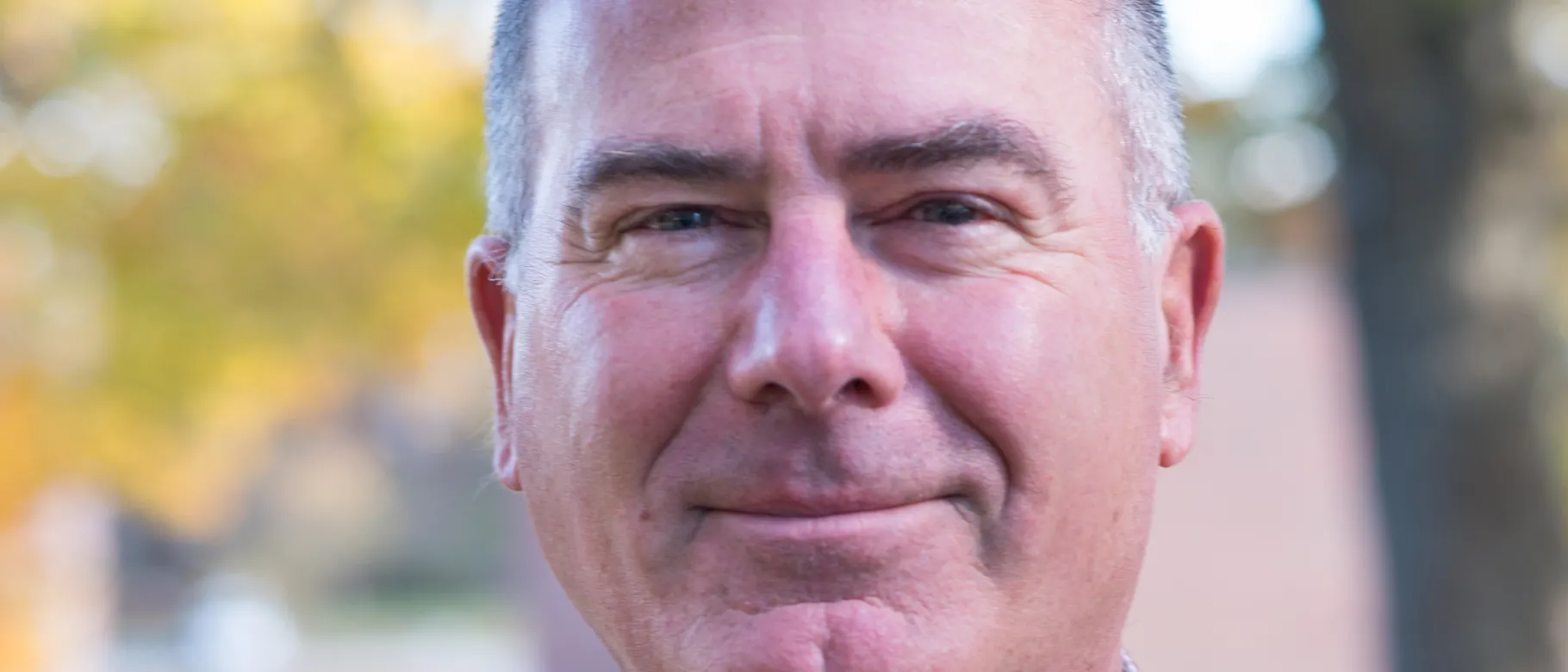Geoffrey Bove publishes article, receives grant to further study of treatment for work-related injuries

Geoffrey Bove, D.C., Ph.D., professor in the University of New England's Department of Biomedical Sciences in the College of Osteopathic Medicine, has published a research article in the Journal of the Neurological Sciences in collaboration with Mary Barbe, Ph.D., of Temple University School of Medicine. Bove and Barbe have also received a nearly $2.4 million grant from the National Center for Complementary and Integrative Health to continue their research. In the article, titled, “Manual therapy as an effective treatment for fibrosis in a rat model of upper extremity overuse injury,” they present their findings.
In this study, the team used an animal model of carpal tunnel syndrome and cumulative trauma disorders, injuries due to overuse of the arm, to study the effectiveness of manual therapy in preventing the fibrosis and reduced function that occur as a consequence of overuse. This animal model replicates a work-related musculoskeletal disorder and how a patient would typically seek treatment, where the person develops symptoms, seeks care and uses manual therapy to help the regain use of their limb. In their model, Bove and colleagues began treating the injured forelimbs of animals with manual therapy when animals exhibited symptoms similar to that of a work-related musculoskeletal disorder.
The study found that manual therapy applied in the early stages of the injury reduced inflammatory changes, and fibrosis, in the injured limb. In their model, manual therapy prevented functional declines and improved use of limb, which are problems for many carpal tunnel patients. Furthermore, injured animals that received manual therapy were in less in discomfort than animals that were injured and had no manual therapy.
Bove and Barbe received their grant from the National Center for Complementary and Integrative Health to expand the research reported in that study and to study which specific treatments led to the observed preventive effects. Bove will also seek to determine if the task itself and the treatments have effects on the nerves that are involved in this model of work-related musculoskeletal disorders.
Bove was interviewed the website, RELIEF, about the use of manual therapies to treat chronic pain. Read the article.